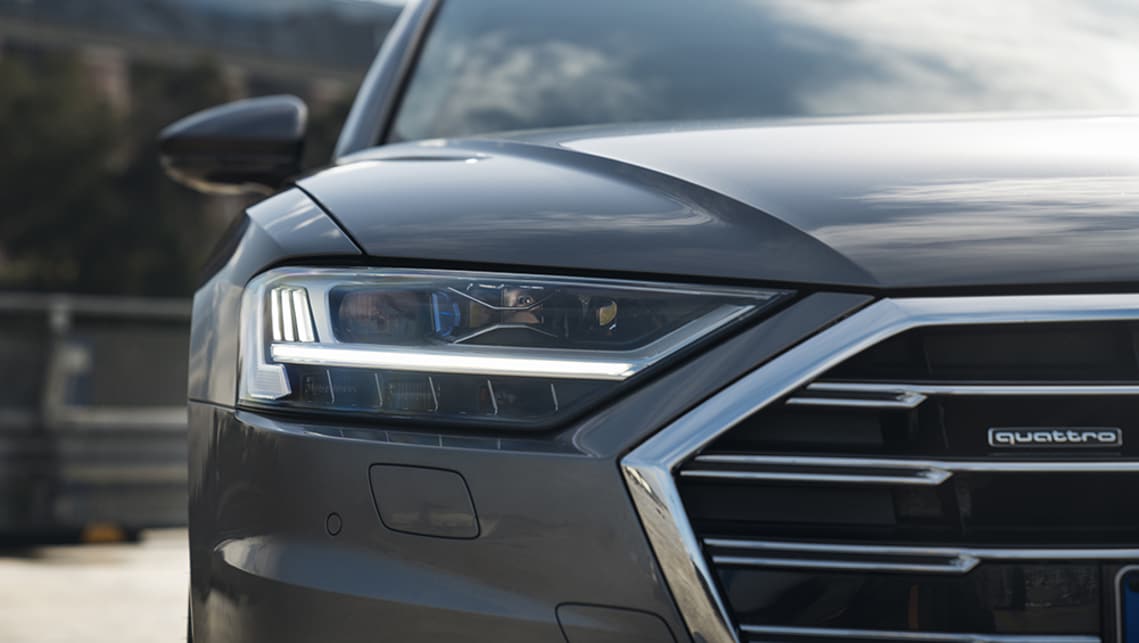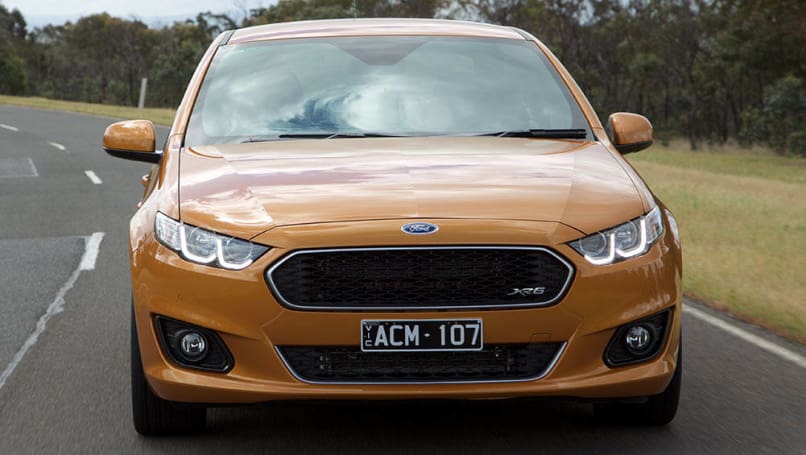
Car headlights: LED vs halogen vs HID vs xenon vs laser

Since cars have been around people have needed car headlights to drive them at night.
Today we're used to car lights featuring three settings: parkers, low-beam, and high-beam. Parker lights are to provide a minimal amount of forward illumination while there is still a good amount of ambient light.
Low-beam is the setting you drive around on in metro areas where there are oncoming vehicles, and it features a cut-off to dip the illumination away from oncoming traffic and focus the light on the road ahead of the car.
High-beam broadens and lifts the light beams, lighting a broader area ahead of the car.
Early cars used glass headlights known as "sealed beam" lamps, which you swapped out as a complete unit rather than changing globes. It wasn't until 1962 when a consortium of European headlight and globe manufacturers invented the H1 Halogen high-output globe that output took a big leap. American laws prohibited their use until 1983, after which time the Halogen lighting system became the primary source of illumination for cars.
There are now several types of Halogen globes (including H7 and H4), designed to work in headlight housings that have also gone through thorough redesign processes to improve light output, while lowering the power needed to use them.
High-Intensity Discharge (HID, and sometimes referred to as Xenon headlights) lights first appeared in the mid-1990s on the BMW 7-series. They, and the later Bi-Xenon headlights, are an evolution of the Halogen system, with more work put into the reflectors in the housing to focus the light which is one reason aftermarket HID upgrade kits are not always legal in Australia.
LED headlights refer to Light Emitting Diodes and these have become common fitment since they debuted in 2004, taking a fraction of the energy to run compared to HID lights or Halogen while having a much longer lifespan and giving clearer light.
BMW i8 and new 7-series, plus certain Audi models are now using laser headlights. Supposed to use less energy to run than LEDs but offer superior light output, laser technology will eventually filter down through other cars to become the norm for headlights just as Halogen and LED did.
Because of the risk to blinding oncoming drivers there are strict rules around upgrading headlight globes or using aftermarket headlight conversion kits in Australia. These are controlled by Australian Design Rules (ADRs) which set out the brightest legal headlights you can use in Australia.
You should replace headlight bulbs in your car with the same type used by the manufacturer unless a qualified professional confirms an upgrade is safe and legal. There can also be issues with brighter bulbs melting wiring for the headlights due to excess current draw needed to light up the brighter bulbs.
There are ADR-approved LED headlights on sale but you need to check with the seller whether they will guarantee that ADR-approval before you buy. LED headlights are legal in Australia, but you need to research if you need to upgrade the housing as well as the bulbs as this is a requirement for some ADR-approved LED headlights.

The good news is popular cars in Australia, like the VE Commodore, Ford Territory and BA Falcon, Toyota HiLux and Hyundai i30 all have great headlights from the factory and shouldn't need upgrading.










Comments